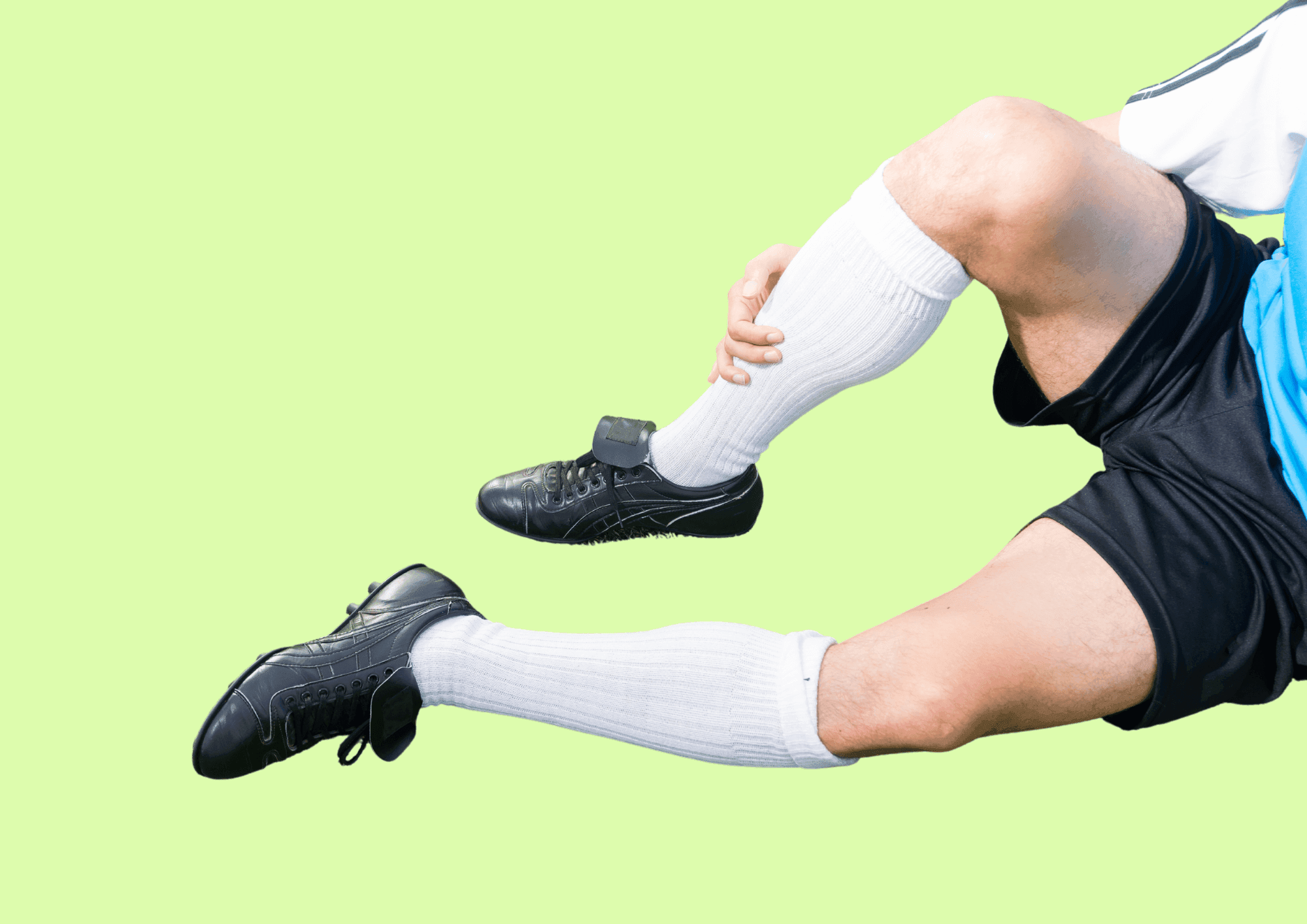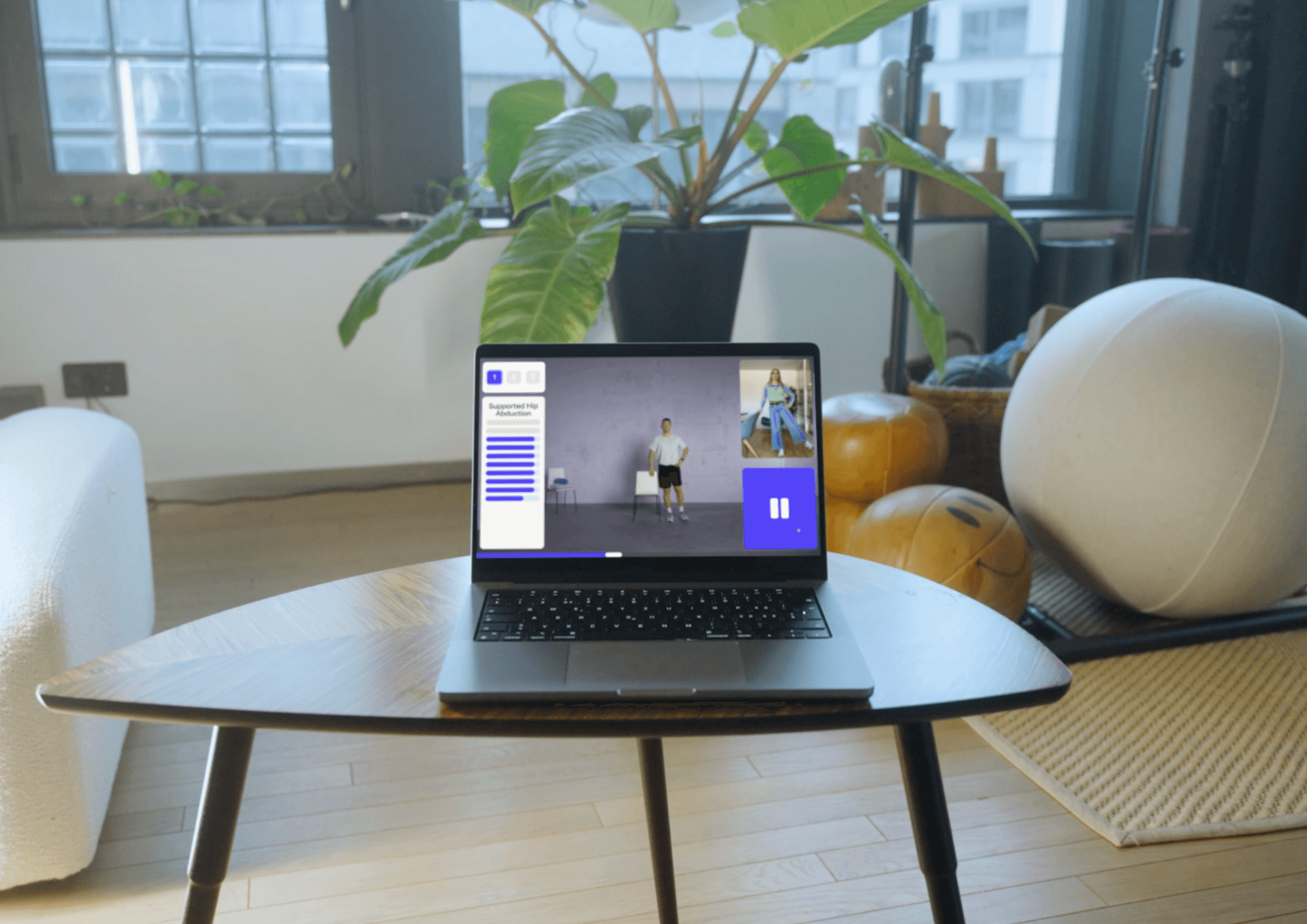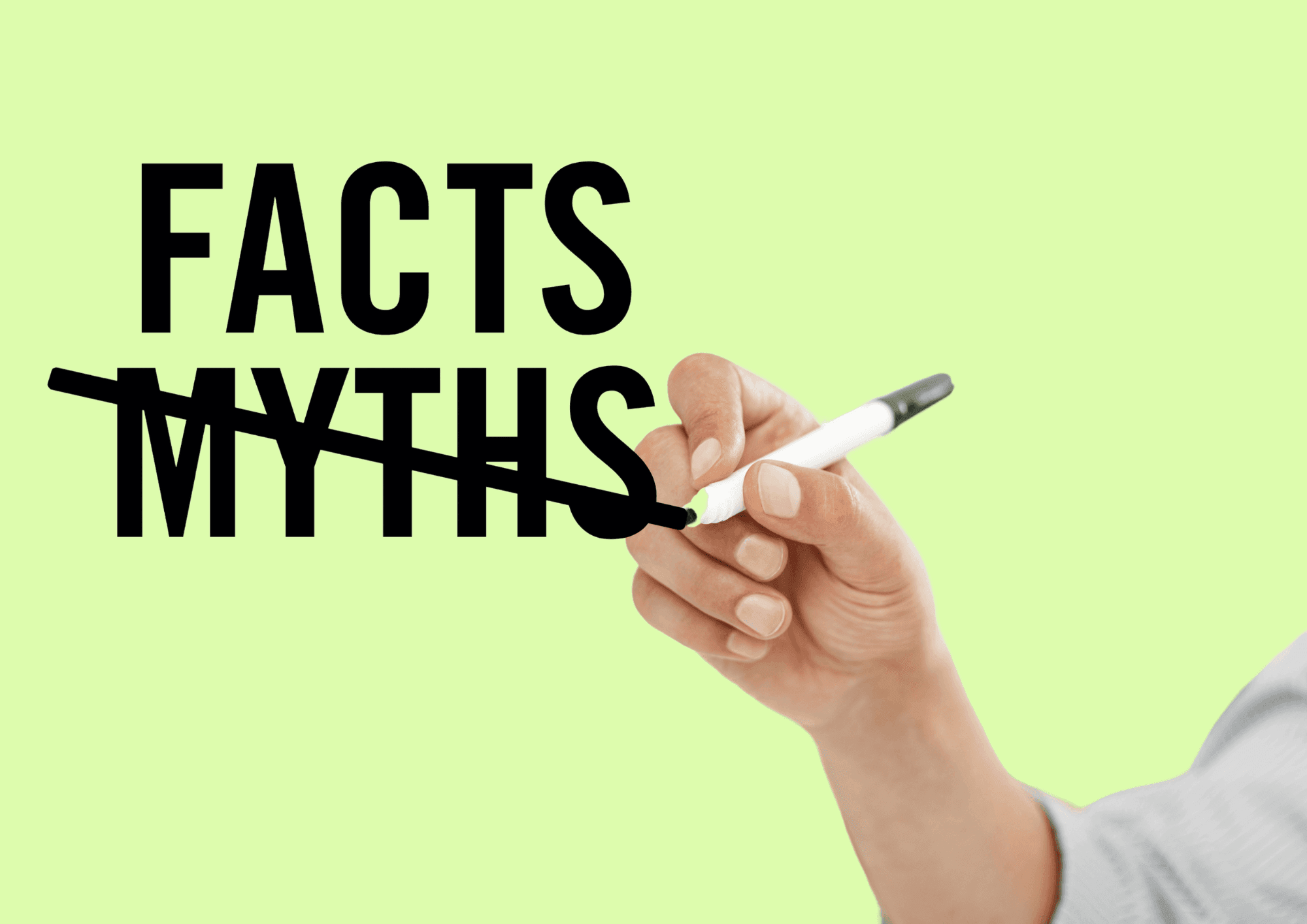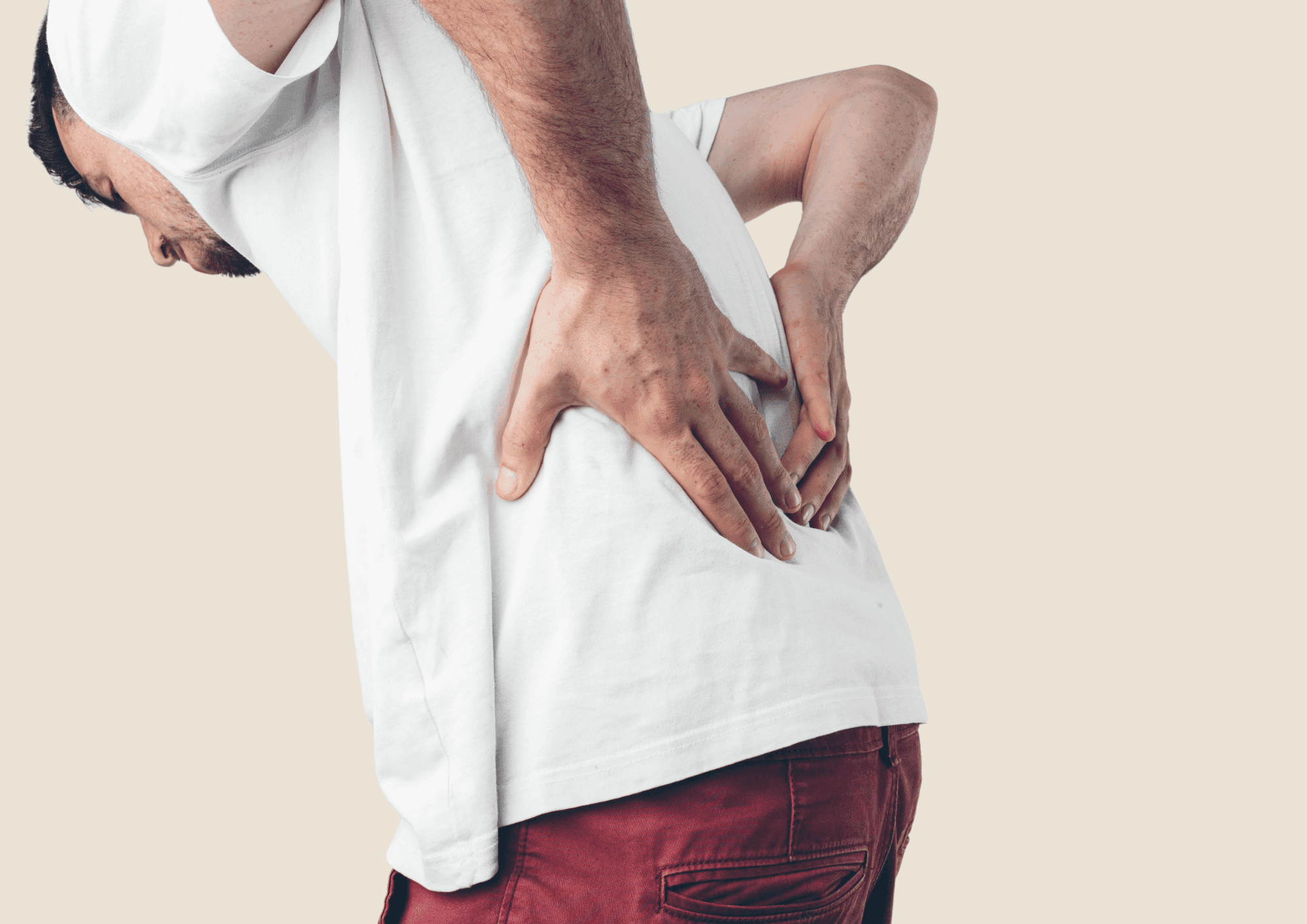Sports is a source of health and enjoyment that inspires millions of people worldwide. But with the joy of sport also comes the potential risks of injury. From bruises and sprains to more serious injuries such as dislocations and broken bones, sports injuries can not only be painful, but also hinder us from continuing our sporting passion.
The BFU (Swiss Council for Accident Prevention) reports in a press release that 430,000 Swiss people are injured in sport every year. Of these, 15,000 suffer serious injuries. Could we prevent some of these accidents?
In this article, we take a closer look at the most common sports injuries and explore practical tips on how to prevent them. Did the accident already happen? Don't worry, we've got some advice for first aid and quick and effective rehabilitation for you.
What are the most common sports injuries?
Injuries to the musculoskeletal system can occur from time to time during sporting activity. It is important to differentiate between overuse, such as very sore muscles, and acute injuries, such as a broken bone. Depending on the cause, different measures are required to treat the injury. We have summarized the most common sports injuries below.
Contusion
Contusions (bruises) are blunt injuries without wounds. They occur when the soft tissues of the body are injured by an impact. This leads to swelling and bruising. The bruised area is often reddened and sensitive to pressure.
Sprain
Sprains often occur as a result of unfortunate movements that overstretch the joint capsule or the surrounding muscles and ligaments. A sprain often manifests itself in swelling and pain on exertion. This type of injury is often caused by twisting a foot or a fall that ends in an awkward catching movement: Ankle joints and wrists are particularly susceptible.
Tendonitis
Tendon inflammation, technically known as "tendonitis", does not always have a clearly definable cause such as a fall or collision. It often occurs in older people or in very sporty people. Long periods of monotonous activity can also lead to tendonitis. The inflamed tendons hurt when you move or even touch them. Depending on the severity of the inflammation, it can cause severe pain when moving the nearest joint. In addition, the tendons or tendon sheaths can swell and feel warm due to the inflammation.
Torn ligaments and tendons
Torn ligaments and tendons are also known as ruptures and, like sprains, can be caused by a fall or twisting an ankle. The Achilles tendon or the cruciate ligament of the knee is often affected. In some cases, patients report an audible pop during the incident. An Achilles tendon or cruciate ligament rupture is a serious injury and often requires medical intervention.
Muscle injuries
In the case of a torn muscle fiber, the muscle tissue tears after intensive sporting activity. Sudden pain and painful restriction of the function of the affected muscle as well as dents or bruising are common symptoms. If, on the other hand, there is hardening, pressure and stretching pain as well as cramp-like muscle pain, it is probably a muscle strain. A torn muscle usually has more severe effects than a strained muscle.
Dislocation
In a dislocation, technically known as a luxation, the bone jumps out of the joint - the connection between the joint head and socket is separated. Dislocations frequently occur in the shoulder joint and often require immediate medical intervention.
Bone fracture
Broken bones, also known as fractures, can be caused by external force or by falls or collisions. A big amount of pressure is exerted on the bone until it breaks. Common symptoms are an inability to move, an unnatural position of the affected body part and pain in the area of the fracture. Medical consultation is also necessary here in order to initiate proper fusion of the bones.
Concussion
Concussions often occur in contact or extreme sports and can have serious consequences. A concussion is a change in mental functioning or consciousness caused by a head injury. Common symptoms include confusion, loss of balance and blurred vision, as well as headaches, dizziness, nausea and even vomiting.
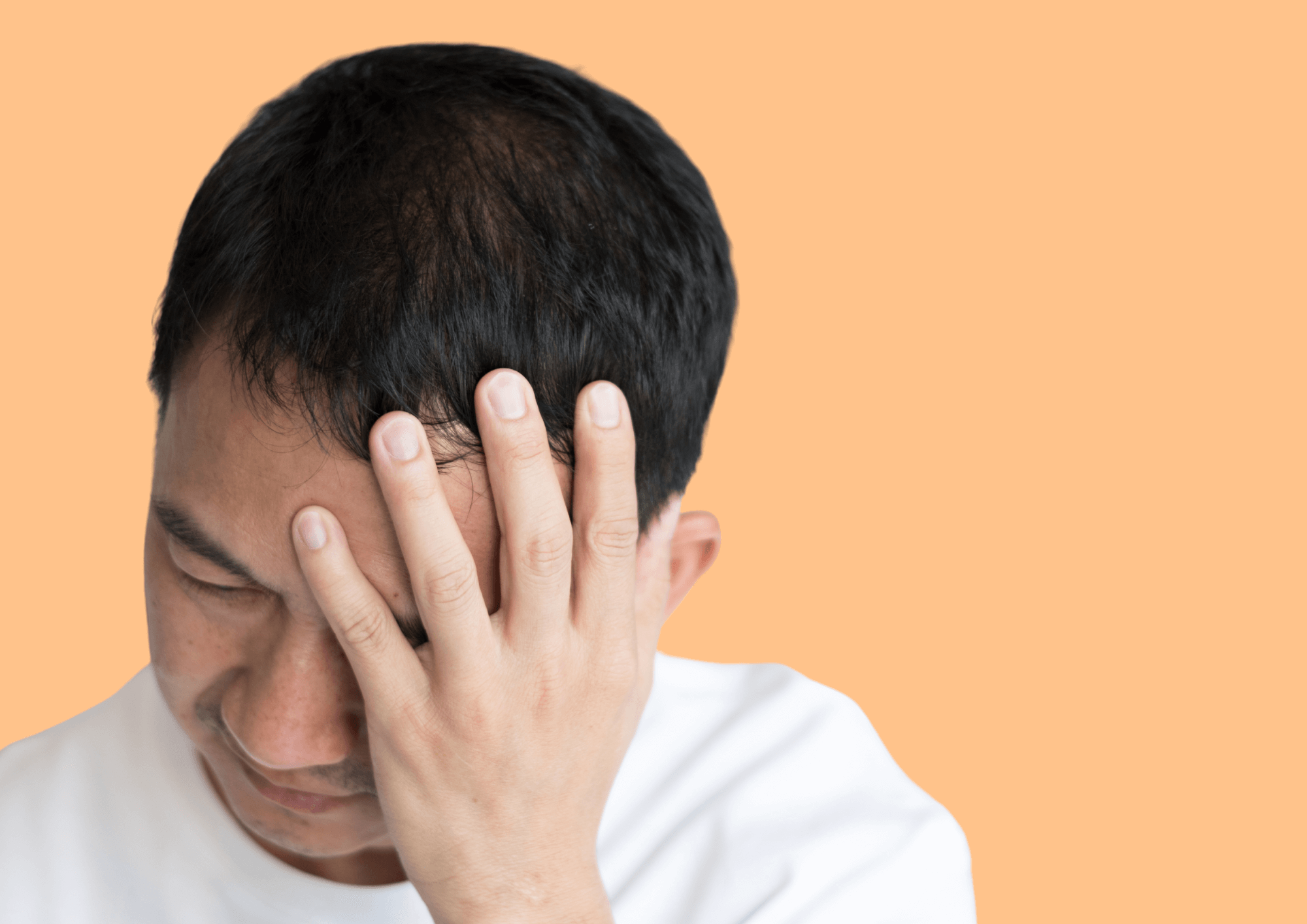
Tips for safe sport
The combination of the following principles creates a solid foundation for safe and sustainable sporting activity. First things first: avoiding sports injuries requires not only physical preparation, but also conscious awareness of your body and your surroundings. The following tips should help you to minimize the risk of injury:
- Warm up:
An effective warm-up program before exercise prepares the body for exertion and increases blood flow. This includes stimulating the cardiovascular system, mobilization exercises and active stretching. It is also important to prepare yourself mentally for the sport and leave your everyday problems behind for the moment. - Strengthening the muscles:
Well-developed muscles support joints and tendons, which further reduces the risk of injury. Targeted strengthening exercises are important, especially for the muscle groups that are particularly stressed in the respective sport. - Appropriate equipment:
Wearing appropriate sports equipment, including protective gear such as knee pads, helmets or bandages, can significantly reduce the risk of injury. - Safety awareness:
An awareness of one's own physical limitations is fundamental to safe sport. Risk awareness and the willingness to take a break in case of fatigue, pain or discomfort are crucial. - Correct technique:
Correct execution of movements is essential to avoid injury. An experienced trainer can help you to learn and consolidate the correct technique, especially for sport-specific movements. Only after the technique has been consolidated can the intensity or complexity of the movement be increased. - Controlled increase:
A gradual increase in training intensity and duration allows the body to adapt to stress. Excessive increases can lead to overexertion and injuries. - Breaks and recovery:
Giving the body sufficient time to recover in between sessions is just as important as the training itself. Breaks between intensive training sessions allow the body to regenerate and prevent injuries.
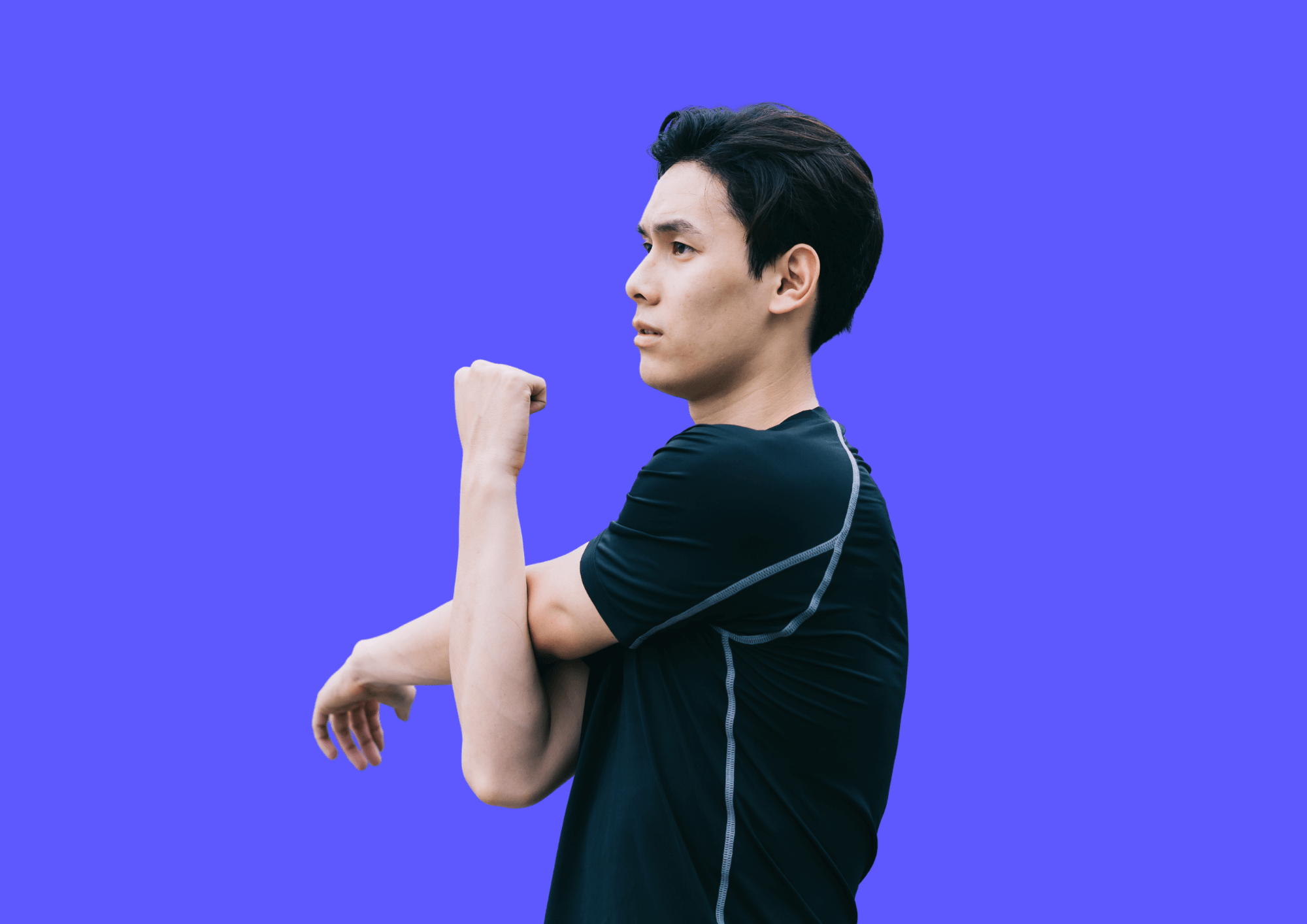
First aid after an injury
A common rule of thumb for first aid in the event of a sports injury is the RICE-Rule. RICE stands for "rest", "ice", "compression" and "elevation". The rule primarily relates to muscle and joint injuries and is intended to relieve pain after a sports accident.
R: Rest
Ignoring the pain and carrying on is anything but beneficial in the event of an injury: this only risks further damage. Immobilizing the affected body part is always a good first measure. Take a deep breath, calm down and assess the extent of the damage.
I: Ice
Cooling helps to reduce swelling and inhibit inflammation. The cold also has a pain-relieving effect. The best way to do this is to use a cooling pad or a cooling spray. Wraps soaked in cold water can also be helpful. However, be careful not to place the coolant directly on the (chafed) skin to avoid further tissue damage.
C: Compression
A compression bandage or stabilizing bandage helps to reduce swelling and bruising. It also supports the affected joint. Caution: The compression bandage should not be too tight, otherwise blood circulation will be restricted too much and numbness or tissue damage may occur.
E: Elevation
After resting, cooling and compressing, an elevation of the affected body part can further help to reduce pain and swelling. Elevation prevents the blood supply and promotes the removal of tissue fluid.
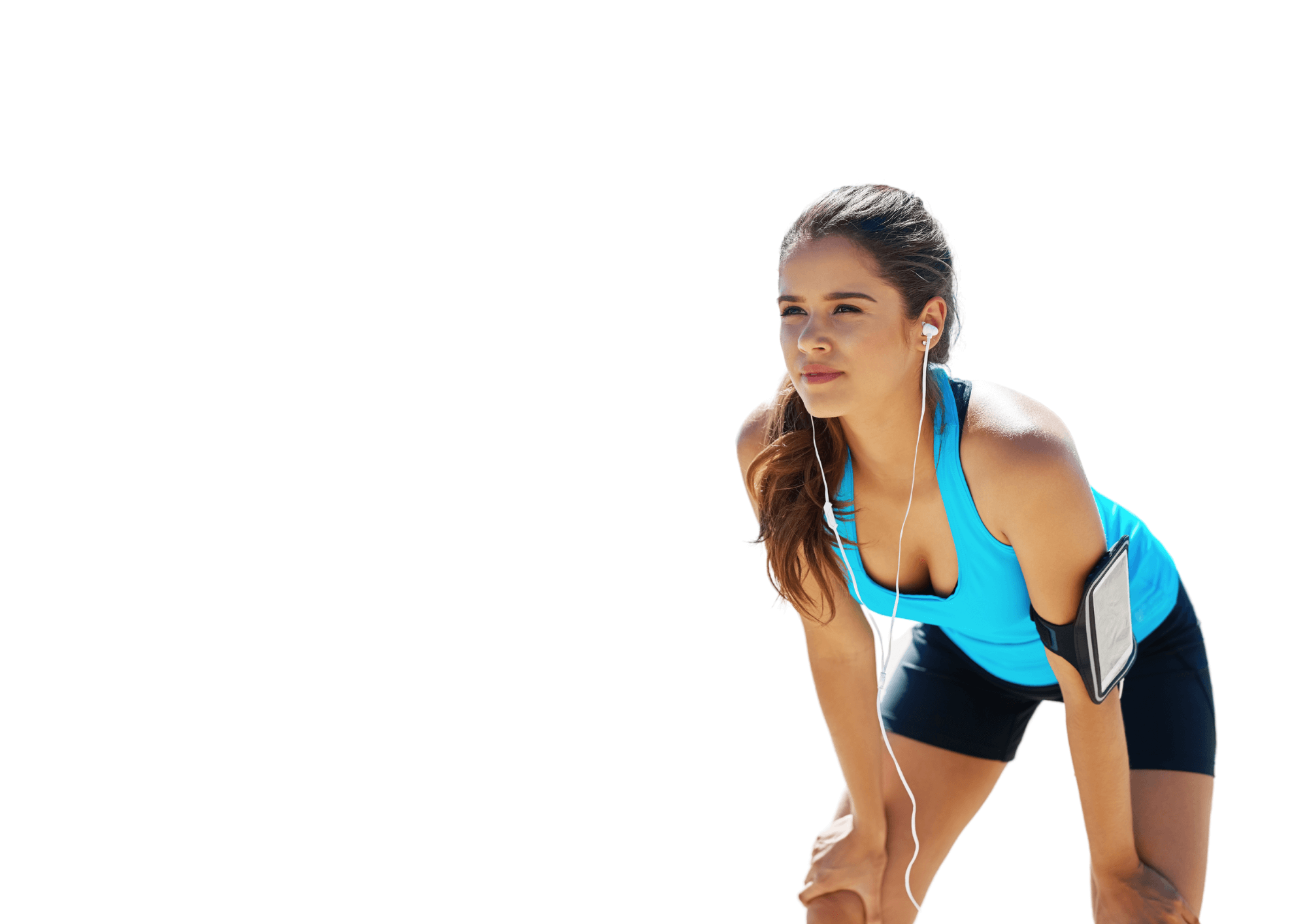
When is medical intervention necessary?
If you answer yes to one or more of the following questions, you should definitely consult a general practitioner or a specialist in trauma surgery, orthopaedics or sports medicine. They will be able to diagnose your injury and initiate appropriate treatment.
- Has the injury been caused by great force?
- Do you notice a misalignment of the joints?
- Are you experiencing numbness or severe functional restrictions?
- Do you suspect a dislocation, fracture or concussion?
- Do you feel severe pain or does your pain persist unchanged for more than 3 days?
Akina as your personal home trainer
Akina is your personal guide for effective and safe physiotherapy training at home. Our AI-supported software recognizes your movements through your webcam and provides feedback in real time. You can also connect with physiotherapists for additional support in rehabilitation after a sports injury. Thanks to Akina, you can make physiotherapy at home much faster and more effective and work more purposefully with your therapist in personal physiotherapy sessions. With Akina, nothing stands in the way of your recovery and you can soon get back to your sporting activities!
Find out everything you need to know about Akina here or sign up to the newsletter below to be notified when our product launches. We look forward to having you on board!
